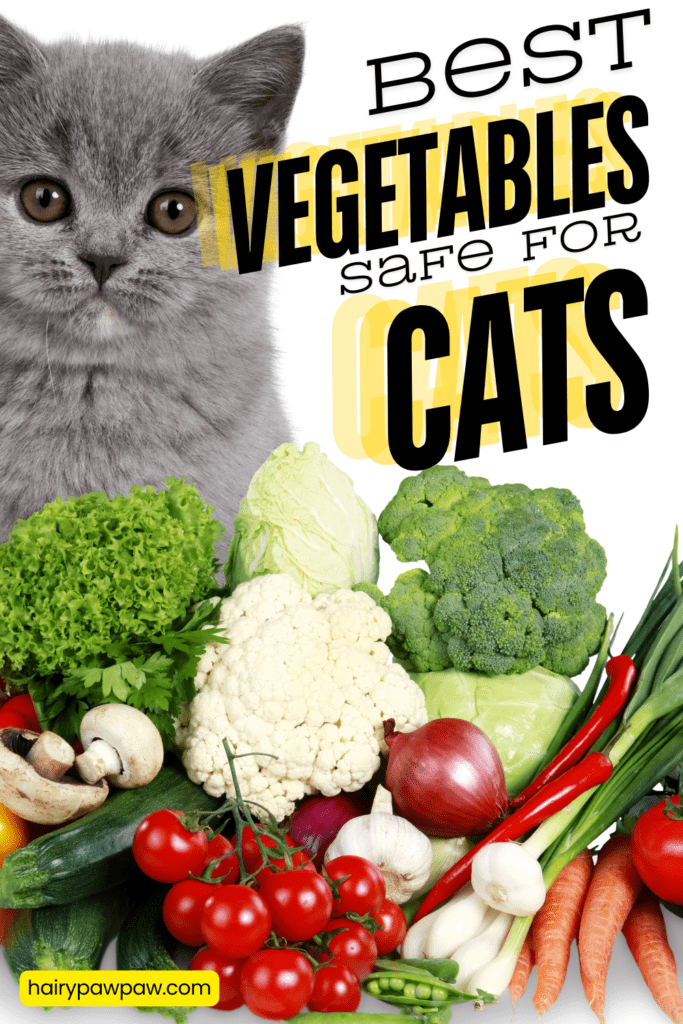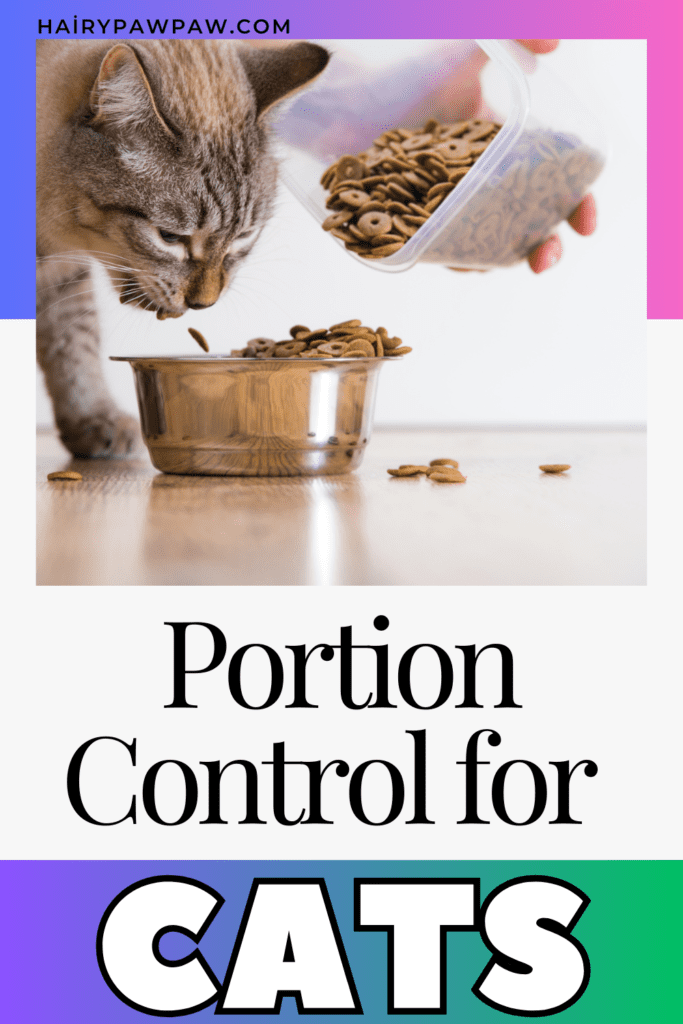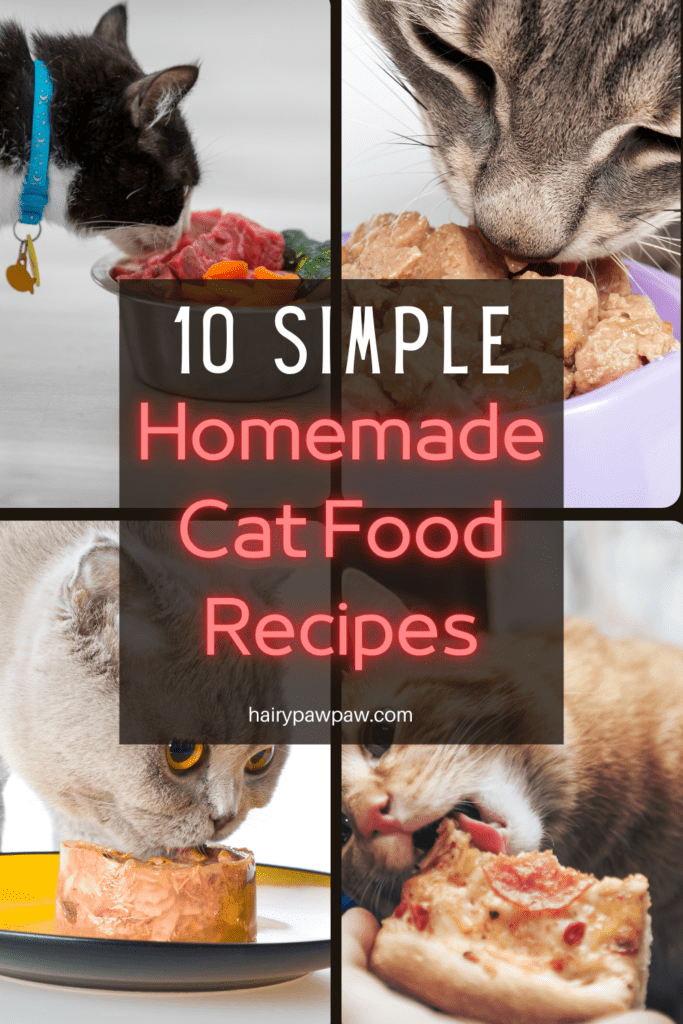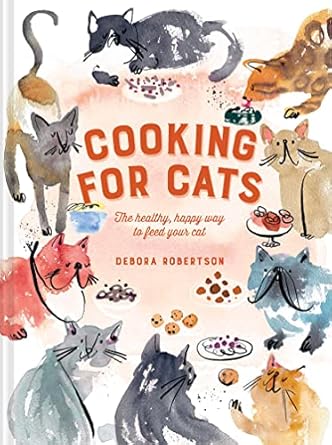This “The Best Fruits Safe for Cats: Benefits and Tips” post may contain affiliate links, which means I’ll receive a commission if you purchase through my link, at NO EXTRA COST TO YOU
The Best Fruits Safe for Cats: Benefits and Tips
Fruits can make a surprising yet beneficial addition to your cat’s diet. While cats are obligate carnivores, certain fruits provide vitamins, hydration, and variety. To ensure your feline’s safety, it’s important to know which fruits are safe and how to serve them properly. This guide covers the best fruits, their benefits, and essential tips for feeding your cat the right way.

The Best Vegetables Safe for Cats: Benefits and Tips
As a responsible cat owner, providing your feline friend with a well-balanced diet is essential. While cats are obligate carnivores, it’s still possible to supplement their meals with a few safe vegetables that can offer numerous health benefits. You may wonder: Which vegetables are safe for cats? How can you introduce them to your cat’s diet?
Why Include Fruits in Your Cat’s Diet?
Although cats primarily thrive on meat, fruits can act as a healthy treat. They supply essential nutrients, offer hydration, and serve as a low-calorie snack. Additionally, the natural sweetness of fruits can provide a delightful change to their regular meals.
Top Fruits Safe for Cats
1. Blueberries
Benefits:
- High in antioxidants to support immune health.
- Packed with Vitamin C and fiber for better digestion.
Tips:
Wash thoroughly and serve one or two berries as an occasional treat.
Caution: Avoid overfeeding to prevent digestive discomfort.
2. Apples
Benefits:
- Rich in vitamins A and C for a healthy coat.
- Provides dietary fiber for smoother digestion.
Tips:
Remove the seeds and core, then slice into small, chewable pieces.
Caution: Always avoid apple seeds as they contain harmful cyanide.
3. Bananas
Benefits:
- Loaded with potassium for strong muscles.
- Great source of natural energy.
Tips:
Peel the banana and cut small, manageable slices for your cat.
Caution: Serve sparingly due to the high sugar content.
4. Watermelon (Seedless)
Benefits:
- Keeps your cat hydrated, especially in hot weather.
- Contains vitamins A and C for overall health.
Tips:
Only serve seedless watermelon and remove the rind completely.
Caution: Avoid feeding too much to prevent a stomach upset.
5. Strawberries
Benefits:
- Packed with antioxidants to boost immunity.
- Provides manganese for healthy bones.
Tips:
Slice into tiny pieces and serve fresh. Ensure no added sugar or preservatives.
Caution: Check for allergic reactions when offering for the first time.

How to Calculate the Right Portion Size for Your Cat
Feeding your cat the correct amount plays a vital role in maintaining their health. Overfeeding leads to obesity, while underfeeding causes nutritional deficiencies. This Feeding your cat the correct amount is crucial for their health and happiness. Overfeeding often leads to obesity, while underfeeding can cause nutritional deficiencies.
6. Cantaloupe
Benefits:
- High water content helps with hydration.
- Contains beta-carotene for healthy skin and coat.
Tips:
Scoop small, soft pieces and avoid the rind.
Caution: Wash thoroughly to remove any pesticide residues.
7. Pineapple (Fresh)
Benefits:
- A source of Vitamin B6 and manganese.
- Supports energy production and metabolism.
Tips:
Remove the skin and core before offering a small bite.
Caution: Only offer fresh pineapple, as canned varieties often have added sugar.
8. Mango
Benefits:
- Full of vitamins A, B6, and C for overall well-being.
- Helps support a shiny coat and better vision.
Tips:
Peel the mango and remove the pit before slicing it into tiny pieces.
Caution: Always ensure the fruit is ripe and not overly fibrous.
9. Pear
Benefits:
- Contains copper and Vitamin K for stronger bones.
- A natural source of antioxidants.
Tips:
Slice into thin, seed-free pieces and offer occasionally.
Caution: Avoid feeding unripe pears, as they can cause stomach discomfort.
10. Papaya
Benefits:
- Aids digestion due to its natural enzymes.
- Offers folate and potassium for energy and muscle health.
Tips:
Serve fresh papaya without seeds, cut into small chunks.
Caution: Never give the seeds, as they can be toxic.
Fruits to Avoid
While many fruits are safe, some are harmful to cats and should never be offered:
- Grapes and Raisins: Cause kidney damage.
- Cherries: Contain cyanide, which is toxic.
- Citrus Fruits: Cause stomach upset due to their acidity.
Tips for Introducing Fruits
- Start Small: Offer a tiny piece to observe any reactions.
- Wash Thoroughly: Remove dirt, chemicals, and pesticides.
- Serve Fresh: Avoid canned or dried fruits, as they often contain preservatives.
- Monitor Your Cat: Watch for signs of allergies or intolerance.
- Moderation Is Key: Use fruits as occasional treats, not as meal replacements.
Final Thoughts
Feeding your cat safe fruits can improve their overall health while adding variety to their diet. By choosing the right fruits and following the tips above, you can ensure your feline friend enjoys a tasty and nutritious treat. Always consult your veterinarian before introducing new foods to your cat’s diet to guarantee their safety and well-being.

10 Simple Homemade Cat Food Recipes for a Balanced Diet
Feeding your cat a well-balanced diet is key to their overall health and longevity. While store-bought cat food can be convenient, homemade meals offer you full control over the ingredients, ensuring your cat gets exactly what they need. If you’re looking for easy-to-make, nutritious options for your furry friend, this guide to 10 simple homemade cat food recipes is for you!




